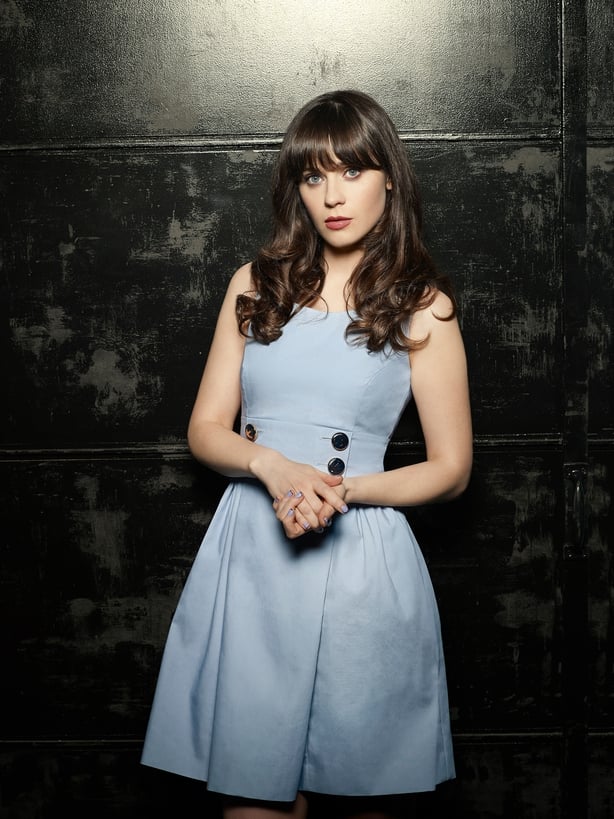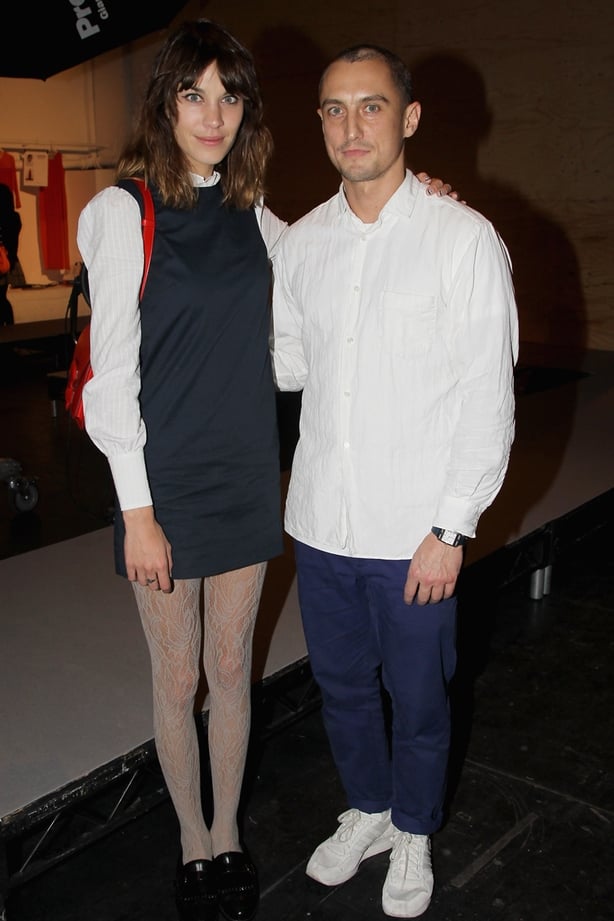While each decade of the 20th century has its own distinctive innovations in fashion that defined it, the 2010s and 2020s have been all about nostalgia.
Rarely is a brand new trend born, and borrowing from the culture of the past has defined the majority of the fashion trends we have embraced in recent years.
This isn't new, and the 20 year trend cycle - the time it takes for a trend to reach its peak, die out for an extended period, then become fashionable again - has been well-documented. However, as we become more incurably online and apps such as TikTok and Pinterest compete to be the first to establish new micro-trends and define the next aesthetic era, it seems like a different fashion phantom from the archives of the 2000s and 2010s is making a comeback every other day.

With the 20-year trend cycle now shortening thanks to the endless need to define "the next big thing," the 2010s are already being plundered for their re-emerging trend potential - and one of the first Tumblr era archetype's to make a comeback is "twee".
TikTok is currently littered with claims that the genre is on its way back, with many users doing post-mortem examinations of the dead aesthetic and reflecting on twee it-girls of the past such as Alexa Chung and Zoey Deschanel.
It’s debatable as to whether or not the trend is actually coming back, or if twee is the latest aesthetic to fall victim to social media’s penchant for falling over itself to predict the next micro trend.
Ultimately, twee is just a subset of a certain style genre that hasn’t been mentioned for the best part of a decade - hipsters.
There are very few millennial aesthetic tropes that were more openly despised than the hipster, from their love of tight jeans and moustache motifs to launching the avocado toast phenomenon that has continued to dog the millennial generation. Hipsters were the style tribe that both launched and sank dozens of fashion trends in the early 2010s.

Twee has a certain set of defining characteristics: brogues, skater dresses with chintzy collars, vintage coats teamed with satchel bags for the female identifying, and tweed blazers, bowties and patterned vintage jumpers for those who want a masculine take, accompanied by large, fake reading glasses, snapping photos on polaroid cameras and listening to Kate Nash on vinyl.
Trend eras swing back and forth from one extreme to the other – the dulcet femininity of the 1950s made way for the short and sexy 1960s, the floral and earthy 1970s was followed by the neons and neoprenes of the 1980s.
In its original format, twee was the welcome antidote to the y2k decade that came before it, as people craved an artsy, more conservative successor to the hyper-pop and grunge aesthetics of the millennium decade.
In a 2022 context, it makes perfect sense that we are hurtling back towards twee. The performative quaintness of twee, with its charity shop aesthetic and intentional nerdiness, is a relieving contrast from what we saw in 2021, with the uncomfortable return of early 2000s trends like low-rise jeans, exposed thongs and crystal embellishments.
Like the envelopment of a duvet day after a night of raucous partying, twee offers a comfortable place to land after months of garish micro-trends. If the Y2k style resurgence was about looking like you just left the set of Euphoria, twee is about looking like the background actor of a Wes Anderson film.
Not only does twee make sense from a fashion perspective, but from a personal perspective too. Twee reigned supreme in the era of long-form blogging and tangible "quirky" interests like collecting vintage hats, brewing craft beer and investing in a record library.
These elements felt real and physical thanks to their old-timeyness, a welcome departure from the shallowness that an increasingly digital existence can incur.
Hipster and twee are some of the most carefully constructed archetypes of style, but after so much time being chronically online during the pandemic, it seems that digital natives are craving what they perceive as a more authentic way of existing.
Tangibility in the form of clothing inspired by a lost way of living rather than looking good on Instagram, sepia-hued film photos instead of pixels and physical records over Spotify charts.

We currently exist in an environment of hyper coolness in all things – posing moodily online, the return in popularity of 'It Girls' like Paris Hilton and Megan Fox, and even dating now is such a power dynamic as to who can play it the coolest and act like they care the least. The personality twee embodies is the antithesis of this: borderline eager, endearingly nerdy and kooky without shame.
Millennials and Gen Z alike are looking to the recent past for a time that felt less combative, pre-pandemic, when we had a more balanced blend of online and offline life. Millennials can recall the carefree vibes of the twee era, while younger TikTokkers hanker for a simpler way of life they weren’t quite old enough to invest in when it was here the first time around.
However, much like the resurgence of wired headphones, bloomers and velour tracksuits on TikTok, it seems to me that the twee aesthetic is a flash in the pan of nostalgic trends being remembered online.
Unlike the rise in interest in other trends though, twee holds more anthropological weight thanks to its symbolism, and might be the first falling domino in a cultural procession of reclaiming more of our time from the digital world and opting to rejoin society after the pandemic as a more authentic version of ourselves.


